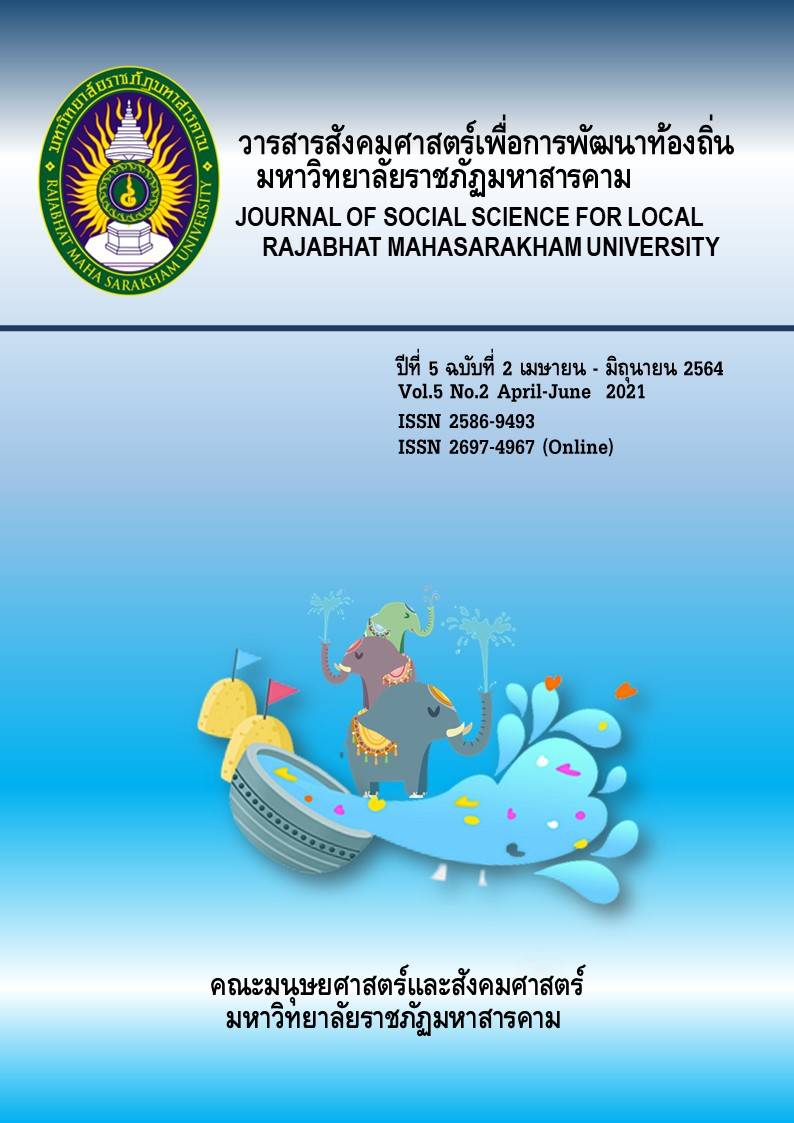The Development Guideline for the Student Care and Support operation system in Secondary School Under the Secondary Education Service area office 27.
Keywords:
The Development Guideline, Student Care and SupportAbstract
The purposes of this study were 1. To study the current conditions, desirable conditions and necessary needs of developing a student care support system in schools under the Secondary Education Service area office 27 and 2. To develop guidelines for developing a student support system. Schools under the Office of Secondary Education Service area office 27 research is a combination of qualitative and quantitative research. There are research tools such as questionnaires, interview forms, program suitability and feasibility assessment form. The sample group was the Deputy Director of Student Affairs. Teachers, Head of Student Affairs, 105 people, who came from the size calculation by opening the Krejcie and Morgan table. uses a randomization technique that uses the size of the school as the unit of randomness. and using a simple random method and interviewing schools with best practices using the interview form. The proportion of the sample group was determined to be representative of the size of one school per school, and a specific method was used. Number of schools, 4 schools, 4 students, then used the data collected from the research tools for content analysis. The results 1) The current state of the Student Care and Support operation system in Secondary School under The Secondary Education Service area office 27 were at a high level. Considering all items, it was found that most of them were in the high level. Desirable conditions of The Secondary Education Service area office 27 were at the highest level in all items. 2) Result of usage of guidelines for the Student Care and Support operation system in Secondary School Under the Secondary Education Service area office 27 were divided into 5 categories; 1) the rationale 2) the Purpose 3) the Guidelines for promoting well-being in schools were divided into 5 factors; 3.1) screening students 3.2) On knowing individual students 3.3 Problems discovered and solving solutions 3.4) well-being promotion in communities and society.3.5) On transferring students. The results of studied categories were discussed among a focus group of experts for affirmation and suggestions. The results of possibility, suitability of developing guidelines were at highest level.


